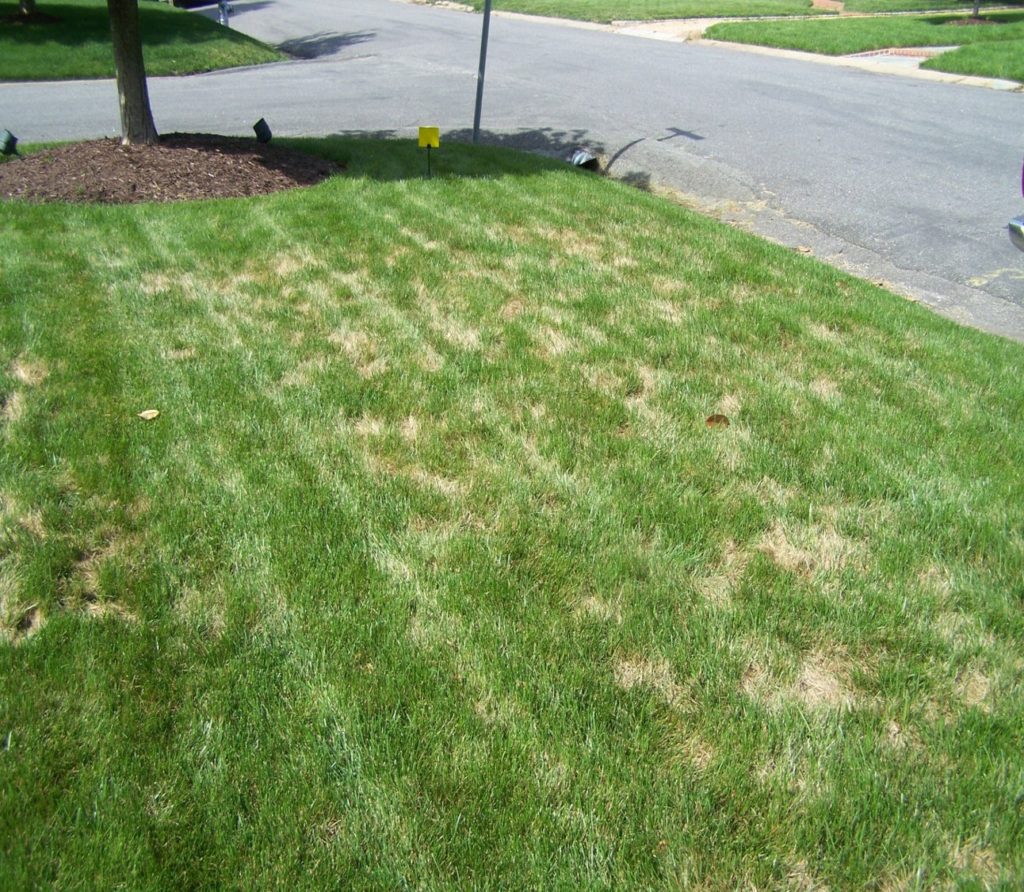Lawn Care: Grass Problems

Maintaining a lush and healthy lawn can be a rewarding endeavor, but it often comes with its fair share of challenges. From unsightly weeds to stubborn brown patches, common grass problems can mar the beauty of your outdoor space. In this article, we'll explore some of these issues and provide solutions to help you tackle them effectively.
1. Weeds - Weeds are one of the most common challenges in lawn care. They compete with your grass for nutrients, water, and sunlight. To combat weeds:
Regular Weeding: Hand-pull weeds when they are small and easier to remove. Pre-Emergent Herbicides: Apply pre-emergent herbicides in the spring to prevent weed seeds from germinating. Post-Emergent Herbicides: Use post-emergent herbicides for persistent or widespread weed problems.
2. Brown Patches - Brown patches can result from various factors, including diseases, pests, or environmental stress. To address brown patches:
Identify the Cause: Determine the underlying cause of the brown patches, such as overwatering, fungal diseases, or insect damage. Adjust Watering: Ensure proper watering practices, including watering deeply and infrequently. Aerate: Improve soil aeration to enhance root growth and water absorption. Fertilize: Apply balanced fertilizers to provide essential nutrients.
3. Lawn Thatch - Thatch is a layer of dead grass, roots, and organic matter that accumulates on the soil's surface. Excessive thatch can hinder water infiltration and promote disease. To manage thatch:
Dethatch: Use a dethatching rake or machine to remove excess thatch from your lawn. Aerate: Aerating your lawn can help prevent thatch buildup by improving soil oxygenation and microbial activity.
4. Compacted Soil - Compacted soil restricts root growth and water penetration, leading to a lackluster lawn. To address soil compaction:
Aerate: Regularly aerate your lawn to relieve soil compaction. Topdressing: Apply a thin layer of compost or topsoil to improve soil structure.
5. Pest Problems - Various pests, such as grubs, chinch bugs, and moles, can damage your lawn. To deal with pest problems:
Identify the Pest: Identify the specific pest causing the damage. Natural Predators: Encourage natural predators like birds or beneficial insects. Pesticides: As a last resort, consider using targeted pesticides to control pest populations.
6. Overwatering and Underwatering - Improper watering practices can stress your lawn. To ensure proper watering:
Water Deeply and Infrequently: Water your lawn deeply to encourage deep root growth and drought resistance. Use Rain Sensors: Install rain sensors or smart irrigation controllers to adjust watering based on weather conditions.
7. Soil pH Imbalance - An imbalanced soil pH can affect nutrient availability to your grass. To address pH issues:
Soil Test: Conduct a soil test to determine the pH level. Lime or Sulfur: Apply lime to raise pH or sulfur to lower it, depending on your soil test results.
Conclusion - Maintaining a beautiful and healthy lawn can be challenging, but with the right knowledge and strategies, you can overcome common grass problems. Addressing issues like weeds, brown patches, thatch, compacted soil, pests, watering problems, and soil pH imbalances will help you achieve the lush and vibrant lawn you desire. Regular maintenance and attentive care are key to keeping your lawn in top condition.